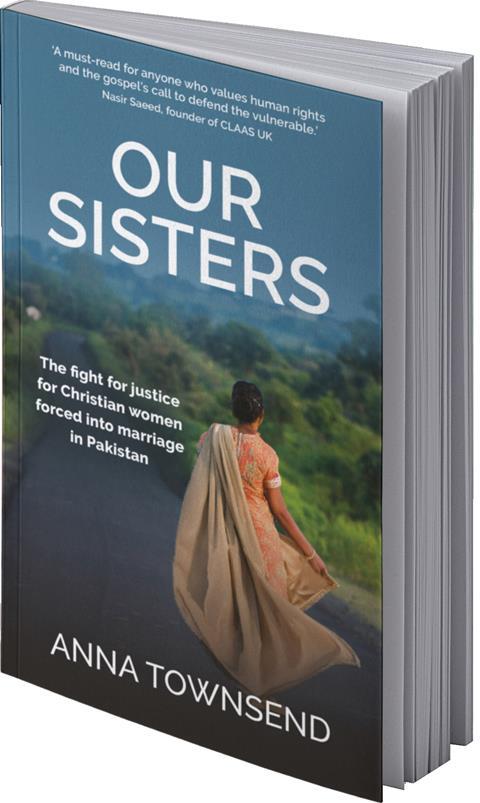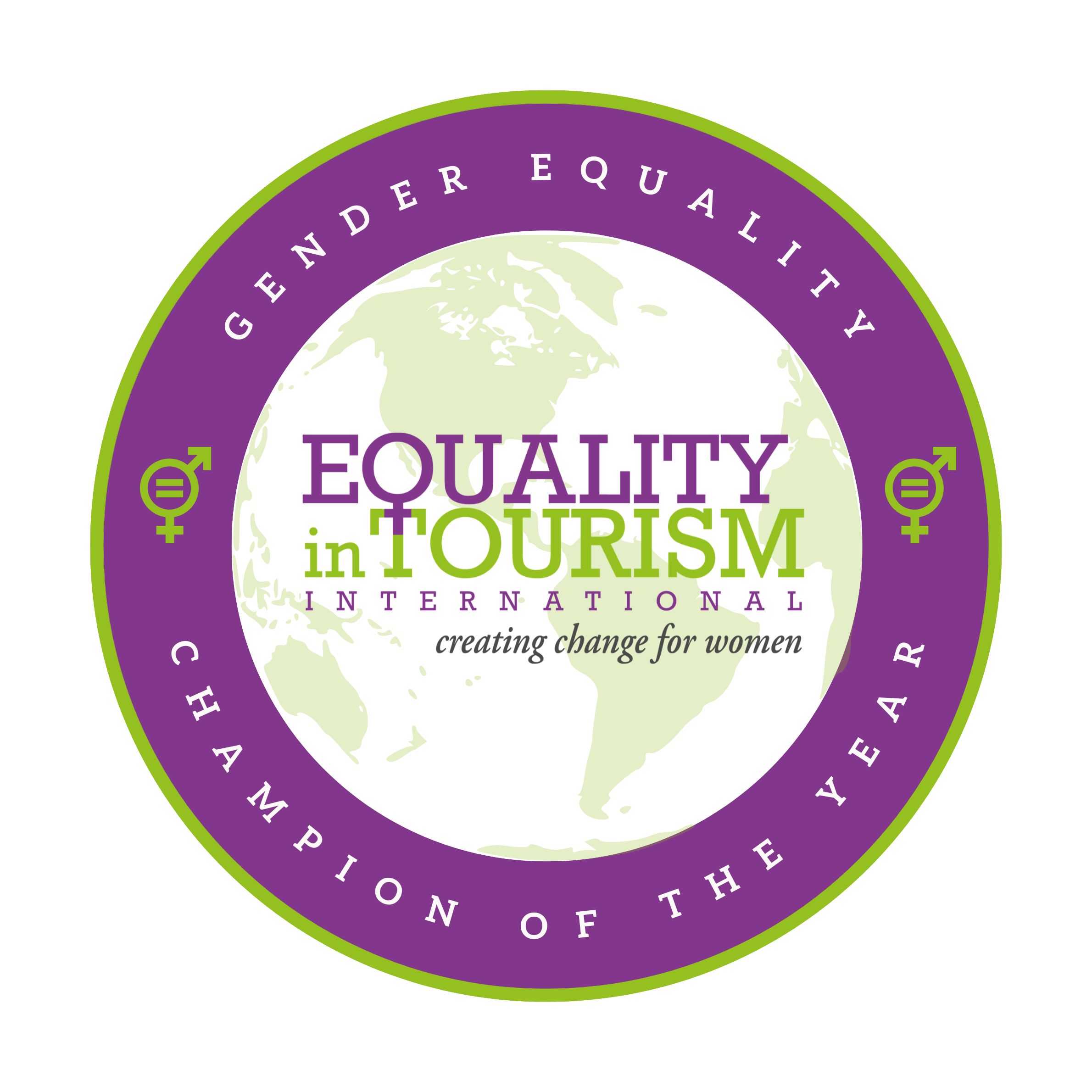Report on “Our Sisters”: Forced Marriage and its Intersection with Sustainable Development Goals
Introduction: Human Rights Violations in Pakistan
Anna Townsend’s book, “Our Sisters: the fight for justice for Christian women forced into marriage in Pakistan,” documents severe human rights abuses that directly contravene several United Nations Sustainable Development Goals (SDGs). The research highlights the systemic challenges faced by minority Christian women, focusing on abduction, forced conversion, and forced marriage. This report analyzes the book’s findings through the lens of SDG 5 (Gender Equality), SDG 10 (Reduced Inequalities), and SDG 16 (Peace, Justice and Strong Institutions).
SDG 5: Gender Equality and the Elimination of Violence Against Women
The core issues detailed in the book represent a profound failure to achieve gender equality and protect women from violence, as outlined in SDG 5.
Key Violations of SDG 5 Targets:
- Target 5.2 (Eliminate Violence Against Women): The book provides extensive evidence of the abduction, rape, and abuse of young Christian women, which are extreme forms of gender-based violence.
- Target 5.3 (Eliminate Harmful Practices): The practice of forcing young women and girls into marriage is a direct violation of this target. The author documents how entire families participate in these abductions, institutionalizing a harmful practice.
The narrative also explores the distorted concept of ‘honour’, which is used to justify violence, including ‘honour killings’, against women who do not comply with forced marriages. This cultural challenge is a significant barrier to achieving gender equality.
SDG 10 & SDG 16: Reduced Inequalities, Justice, and Institutional Failures
The report underscores the intersection of gender-based violence with religious persecution and weak institutional frameworks, directly relating to SDG 10 (Reduced Inequalities) and SDG 16 (Peace, Justice and Strong Institutions).
Challenges to Justice and Equality:
- Discriminatory Laws and Practices (SDG 10.3 & 16.3): Pakistan’s blasphemy laws are identified as a critical tool used against Christian communities, preventing them from seeking and receiving justice. This creates a systemic inequality where a religious minority is denied equal access to the rule of law.
- Vulnerability of Migrants (SDG 10.2): The issue extends to the United Kingdom, where women brought from Pakistan for forced marriages face extreme vulnerability. The report highlights the work of the “Beauty for Ashes” refuge, which supports women with No Recourse to Public Funds (NRPF) status. Their unresolved immigration status prevents them from accessing state support, compounding their inequality and risk of abuse.
- Lack of Strong Institutions (SDG 16): The inability of law enforcement and judicial systems to protect these women and prosecute perpetrators demonstrates a failure of institutional responsibility, a key concern of SDG 16.
SDG 17: Partnerships for the Goals
The author’s research journey exemplifies the importance of multi-stakeholder partnerships (SDG 17) in advocating for human rights. The investigation was made possible through a network of connections that brought together civil society, religious leaders, and political actors.
Key Collaborative Efforts:
- Civil Society Organizations: Initial engagement with Christian Solidarity Worldwide (CSW) in Brussels provided crucial introductions and foundational knowledge.
- Community and Political Networking: The author leveraged connections within the European Parliament to engage with a Pakistani politician and a key activist, Joseph, who had authored a definitive report on the abductions and forced marriages of Christian women.
- Grassroots Support: The work of individuals like Becky, who established the “Beauty for Ashes” refuge in the UK, demonstrates the critical role of local initiatives in filling gaps left by official institutions.
These partnerships were instrumental in gathering information, raising awareness, and building a case for international action to protect the rights of vulnerable women and girls, thereby advancing the broader 2030 Agenda for Sustainable Development.
Analysis of Sustainable Development Goals in the Article
1. Which SDGs are addressed or connected to the issues highlighted in the article?
The article highlights several issues that directly connect to the following Sustainable Development Goals (SDGs):
- SDG 5: Gender Equality: The core theme of the article is the fight for justice for women and girls who are victims of forced marriage, abduction, rape, honour-based abuse, and forced religious conversion. These are all extreme forms of gender-based violence and discrimination.
- SDG 16: Peace, Justice and Strong Institutions: The article discusses the failure of the justice system in Pakistan to protect Christian women, citing “blasphemy laws” that work against them. It emphasizes the work of human rights activists and organizations fighting for justice, which points to the need for strong, non-discriminatory institutions and equal access to justice for all.
- SDG 10: Reduced Inequalities: The article focuses on the persecution and vulnerability of a specific religious minority (Christian women in Pakistan). It also touches upon the inequalities faced by migrant women in the UK with “no recourse to public funds” (NRPF) status, highlighting discrimination based on religion, gender, and immigration status.
2. What specific targets under those SDGs can be identified based on the article’s content?
Based on the article’s content, the following specific SDG targets can be identified:
-
Under SDG 5 (Gender Equality):
- Target 5.2: Eliminate all forms of violence against all women and girls in the public and private spheres, including trafficking and sexual and other types of exploitation. The article explicitly details abduction, rape, domestic violence, and “honour-based abuse” against women.
- Target 5.3: Eliminate all harmful practices, such as child, early and forced marriage. The central topic is the forced marriage of young Christian girls in Pakistan, a practice the author aims to bring attention to.
-
Under SDG 16 (Peace, Justice and Strong Institutions):
- Target 16.1: Significantly reduce all forms of violence and related death rates everywhere. The article mentions the threat of “honour killing” for women who do not comply with forced marriages.
- Target 16.2: End abuse, exploitation, trafficking and all forms of violence against and torture of children. The article specifies that “young Christian girls are all too frequently abducted, raped and forced into marriages,” which constitutes violence against children.
- Target 16.3: Promote the rule of law at the national and international levels and ensure equal access to justice for all. The text highlights a lack of justice, stating that Pakistan’s “blasphemy laws…work against Christians receiving help when persecutions against them happen.”
-
Under SDG 10 (Reduced Inequalities):
- Target 10.3: Ensure equal opportunity and reduce inequalities of outcome, including by eliminating discriminatory laws, policies and practices. The article points to the discriminatory nature of blasphemy laws that result in unequal outcomes for Christian women seeking justice.
- Target 10.7: Facilitate orderly, safe, regular and responsible migration and mobility of people. The article discusses the vulnerability of migrant women in the UK, particularly those with NRPF status who are brought from Asia for forced marriages and cannot access state help when they escape abuse.
3. Are there any indicators mentioned or implied in the article that can be used to measure progress towards the identified targets?
The article does not mention official statistical indicators, but it implies several ways progress could be measured:
- Implied Indicator for Target 5.3 (Forced Marriage): The existence of a report titled “Abductions, Forced Conversions and Forced Marriage of Christian Girls and Women in Pakistan” implies that the number of such cases is a key metric. A reduction in the prevalence of these incidents would indicate progress.
- Implied Indicator for Target 5.2 (Violence Against Women): The work of organizations like Karma Nirvana and the “Beauty for Ashes” women’s refuge suggests that the number of women seeking help for honour-based abuse and forced marriage is a measurable indicator of the problem’s scale.
- Implied Indicator for Target 16.3 (Access to Justice): The article suggests that the number of cases where blasphemy laws are used to prevent Christians from receiving justice could be tracked. A decrease in such instances or the reform of these laws would signify progress towards ensuring equal access to justice.
- Implied Indicator for Target 10.7 (Safe Migration): The number of women with “no recourse to public funds” (NRPF) status seeking refuge from domestic and honour-based abuse is an implied indicator. This highlights a specific vulnerable population whose need for support can be measured.
4. Table of SDGs, Targets, and Indicators
| SDGs | Targets | Indicators (Implied from the Article) |
|---|---|---|
| SDG 5: Gender Equality |
5.2: Eliminate all forms of violence against all women and girls.
5.3: Eliminate all harmful practices, such as child, early and forced marriage. |
Number of women seeking help from refuges like “Beauty for Ashes” for honour-based abuse.
Prevalence of abductions, forced conversions, and forced marriages of Christian girls and women in Pakistan, as documented in reports. |
| SDG 16: Peace, Justice and Strong Institutions |
16.1: Significantly reduce all forms of violence and related death rates.
16.3: Promote the rule of law… and ensure equal access to justice for all. |
Number of reported “honour killings” or threats of violence related to forced marriage.
Number of cases where blasphemy laws are used to deny justice to Christian victims of persecution. |
| SDG 10: Reduced Inequalities |
10.3: Ensure equal opportunity and reduce inequalities of outcome, including by eliminating discriminatory laws.
10.7: Facilitate orderly, safe, regular and responsible migration and mobility of people. |
The existence and application of discriminatory laws (e.g., blasphemy laws) that disadvantage religious minorities.
The number of migrant women with NRPF (no recourse to public funds) status who are victims of abuse and unable to access state support. |
Source: womanalive.co.uk







